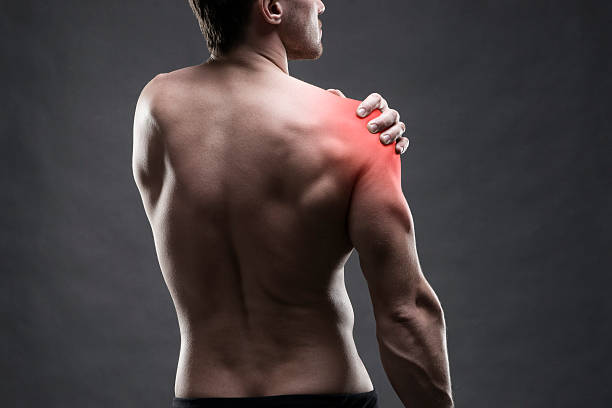


Back pain is a prevalent issue affecting millions worldwide, often leading to significant discomfort and impairment in daily activities. Physical therapy has emerged as a crucial intervention in managing and alleviating back pain. This article delves into the multifaceted role of physical therapy in treating back pain, highlighting its benefits, techniques, and long-term outcomes.
Pain O Soma 500 uses carisoprodol, an active component, to relax muscles. Acute, painful musculoskeletal disorders, like muscle spasms or injuries, are the usual indications for its prescription. To reduce aches and pains in muscles, carisoprodol blocks pain signals before they reach the brain. The medicinal intake is just to provide you with relief from the excruciating pain.
Back pain can be classified into various types, including acute, subacute, and chronic. Acute back pain typically lasts for a short duration, often resulting from muscle strain or injury. Chronic back pain, on the other hand, persists for more than three months and can stem from conditions like herniated discs, osteoarthritis, or spinal stenosis.
Physical therapy plays a pivotal role in addressing back pain through a variety of methods tailored to individual needs. The primary goals of physical therapy include reducing pain, improving function, and preventing recurrence.
Prosoma 500 is a skeletal muscle relaxant usually used for treating pains associated with injury or other conditions. Prosoma 500mg is the brand name for carisoprodol. Prosoma 500 is available in strength of 500 mg of Carisoprodol. It relieves the pain and suffering of acute, unpleasant musculoskeletal problems such as rigidity, tension, stiffness, and muscular spasms.
Physical therapists begin with a comprehensive assessment to identify the underlying causes of back pain. This includes:
Manual therapy involves hands-on techniques to manipulate or mobilize the spine and surrounding tissues. Techniques such as spinal manipulation, joint mobilization, and soft tissue massage are commonly used to improve mobility and reduce pain.
Customized therapeutic exercises are essential for strengthening the back muscles, improving flexibility, and enhancing overall stability. Key exercises include:
Proper posture and ergonomic training are vital in preventing back pain. Physical therapists educate patients on maintaining proper posture during daily activities and adjusting workstations to reduce strain on the back.
Various modalities are used in physical therapy to alleviate pain and inflammation, including:
Physical therapy offers a non-invasive alternative to surgery, focusing on natural healing processes and patient education to manage pain effectively.
Each treatment plan is tailored to the patient’s specific condition and needs, ensuring optimal outcomes.
Through targeted exercises and therapies, physical therapy enhances mobility and overall function, allowing individuals to return to their daily activities more quickly.
Physical therapy not only addresses current pain but also provides strategies to prevent future episodes. Education on proper body mechanics and exercises plays a crucial role in long-term pain management.
Numerous studies have demonstrated the effectiveness of physical therapy in treating back pain. Research indicates that patients who engage in physical therapy experience significant improvements in pain, function, and quality of life.
Physical therapy is an integral component in the management of back pain, offering a comprehensive approach that combines manual therapy, therapeutic exercises, posture training, and pain relief modalities. Its benefits are well-documented, providing non-invasive, personalized care that improves mobility, function, and long-term pain management.